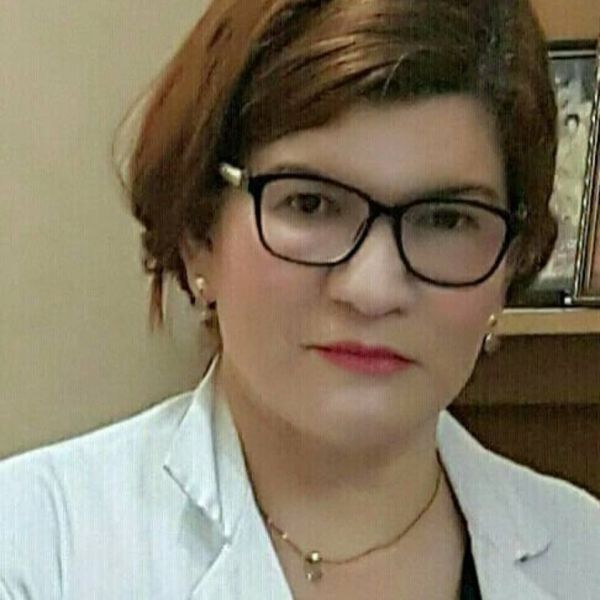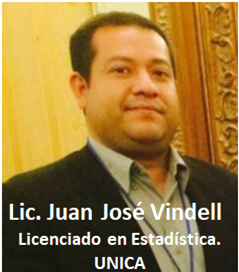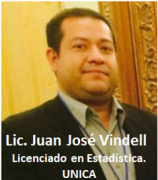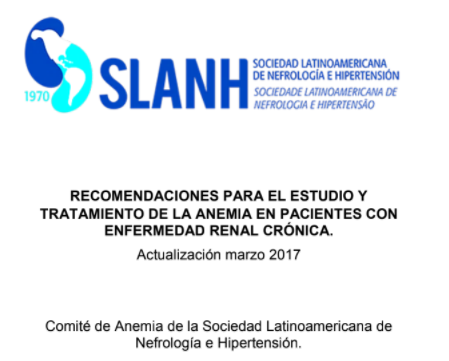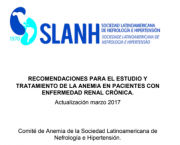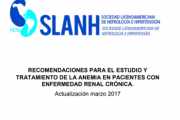Esp. Medicina interna
Management of latent Mycobacterium tuberculosis infection: WHO guidelines for low tuberculosis burden countries
Haileyesus Getahun1 , Alberto Matteelli1 , Ibrahim Abubakar2,3, Mohamed Abdel Aziz4 , Annabel Baddeley1 , Draurio Barreira5 , Saskia Den Boon6 , Susana Marta Borroto Gutierrez7 , Judith Bruchfeld8 , Erlina Burhan9 , Solange Cavalcante10, Rolando Cedillos11,
ABSTRACT Latent tuberculosis infection (LTBI) is characterised by the presence of immune responses to previously acquired Mycobacterium tuberculosis infection without clinical evidence of active tuberculosis (TB). Here we report evidence-based guidelines from the World Health Organization for a public health approach to the management of LTBI in high risk individuals in countries with high or middle upper income and TB incidence of <100 per 100 000 per year. The guidelines strongly recommend systematic testing and treatment of LTBI in people living with HIV, adult and child contacts of pulmonary TB cases, patients initiating anti-tumour necrosis factor treatment, patients receiving dialysis, patients preparing for organ or haematological transplantation, and patients with silicosis. In prisoners, healthcare workers, immigrants from high TB burden countries, homeless persons and illicit drug users, systematic testing and treatment of LTBI is conditionally recommended, according to TB epidemiology and resource availability. Either commercial interferon-gamma release assays or Mantoux tuberculin skin testing could be used to test for LTBI. Chest radiography should be performed before LTBI treatment to rule out active TB disease. Recommended treatment regimens for LTBI include: 6 or 9 month isoniazid; 12 week rifapentine plus isoniazid; 3–4 month isoniazid plus rifampicin; or 3–4 month rifampicin alone.
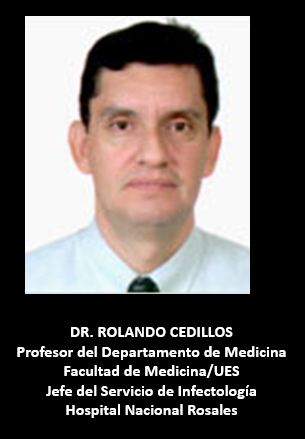
Novel HLA class I associations with HIV-1 control in a unique genetically admixed population
Humberto Valenzuela-Ponce1, Selma Alva-Hernández1, Daniela Garrido-Rodríguez1, Maribel Soto-Nava1, Thalía García-Téllez1,14, Tania Escamilla-Gómez1, Claudia GarcíaMorales1, Verónica Sonia Quiroz-Morales1, Daniela Tapia-Trejo1, Silvia del Arenal-Sánchez1, Francisco-Javier Prado-Galbarro 1, Ramón Hernández-Juan1, Edna Rodríguez-Aguirre1, Akio Murakami-Ogasawara1, Carlos Mejía-Villatoro2, Ingrid Y. Escobar-Urias2, Rodolfo Pinzón-Meza2, Juan Miguel Pascale3, Yamitzel Zaldivar3, Guillermo Porras-Cortés4, Carlos Quant-Durán5, Ivette Lorenzana6, Rita I. Meza7, Elsa Y. Palou8, Marvin Manzanero9, Rolando A. Cedillos10, Carmen Aláez 11, Mark A. Brockman 12,13, P. Richard Harrigan13, Chanson J. Brumme13, Zabrina L. Brumme12,13, Santiago Ávila-Ríos1, Gustavo Reyes-Terán1
The Mesoamerican HIV Project Group* Associations between HLA class I alleles and HIV progression in populations exhibiting Amerindian and Caucasian genetic admixture remain understudied. Using univariable and multivariable analyses we evaluated HLA associations with fve HIV clinical parameters in 3,213 HIV clade B-infected, ARTnaïve individuals from Mexico and Central America (MEX/CAM cohort). A Canadian cohort (HOMER, n=1622) was used for comparison. As expected, HLA allele frequencies in MEX/CAM and HOMER difered markedly. In MEX/CAM, 13 HLA-A, 24 HLA-B, and 14 HLA-C alleles were signifcantly associated with at least one clinical parameter. These included previously described protective (e.g. B*27:05, B*57:01/02/03 and B*58:01) and risk (e.g. B*35:02) alleles, as well as novel ones (e.g. A*03:01, B*15:39 and B*39:02 identifed as protective, and A*68:03/05, B*15:30, B*35:12/14, B*39:01/06, B*39:05~C*07:02, and B*40:01~C*03:04 identifed as risk). Interestingly, both protective (e.g. B*39:02) and risk (e.g. B*39:01/05/06) subtypes were identifed within the common and genetically diverse HLAB*39 allele group, characteristic to Amerindian populations. While HLA-HIV associations identifed in MEX and CAM separately were similar overall (Spearman’s rho=0.33, p=0.03), region-specifc associations were also noted. The identifcation of both canonical and novel HLA/HIV associations provides a frst step towards improved understanding of HIV immune control among unique and understudied Mestizo populations.
Confirmed clinical case of chronic kidney disease of nontraditional causes in agricultural communities in Central America: a case definition for surveillance
Alejandro Ferreiro, Guillermo Álvarez-Estévez, Manuel Cerdas-Calderón, Zulma Cruz-Trujillo, Elio Mena,5 Marina Reyes, Mabel Sandoval-Diaz, Vicente Sánchez-Polo, Régulo Valdés, and Pedro Ordúnez

Heat stress, dehydration, and kidney function in sugar cane cutters in El Salvador: A cross-shift study of workers at risk of Mesoamerican nephropathy.
Environmental Research 142 (2015) 746–755
Ramón García-Trabanino, Emmanuel Jarquín, Juan José Vindell
Lic. Juan José Vindell G.
Lic. en Estadística Egresado de Maestria en Epidemiología CIES-UNAN
Esta dirección de correo electrónico está protegida contra spambots. Necesita activar JavaScript para visualizarla.
An epidemic of progressive kidney failure afflicts sugar cane workers in Central America. Repeated high-intensity work in hot environments is a possible cause.
Objectives: To assess heat stress, dehydration, biomarkers of renal function and their possible associations. A secondary aim was to evaluate the prevalence of pre-shift renal damage and possible causal factors.
Methods: Sugar cane cutters (N 189, aged 18–49 years,168 of them male) from three regions in El Salvador were examined before and after shift. Cross-shift changes in markers of dehydration and renal function were examined and associations with temperature, worktime, region, and fluid intakewere assessed. Pre-shiftglomerular filtration rate was estimated (eGFR) from serum creatinine.
Results: The mean work-time was4(1.4–11) hours. Mean work day temperature was 34–36 °C before noon, and 39–42 °C at noon. The mean liquid intake during work was 0.8L per hour. There were statistically significant changes across shift. The mean urine specific gravity, urine osmolality and creatinine increased, and urinary pH decreased. Serum creatinine, uric acid and urea nitrogen increased, while chloride and potassium decreased. Pre-shift serum uric acid levels were remarkably high and pre-shift eGFR was reduced (less 60 mL/min) in 23 male workers (14%).
Conclusions: The high prevalence of reduced eGFR, and the cross-shift changes are consistent with recurrent dehydrati
on from strenuous work in a hot and humid environment as an important causal factor.
The pathophysiology may include decreased renal blood flow, high demands on tubular reabsorption,and increased levels of uric acid.


